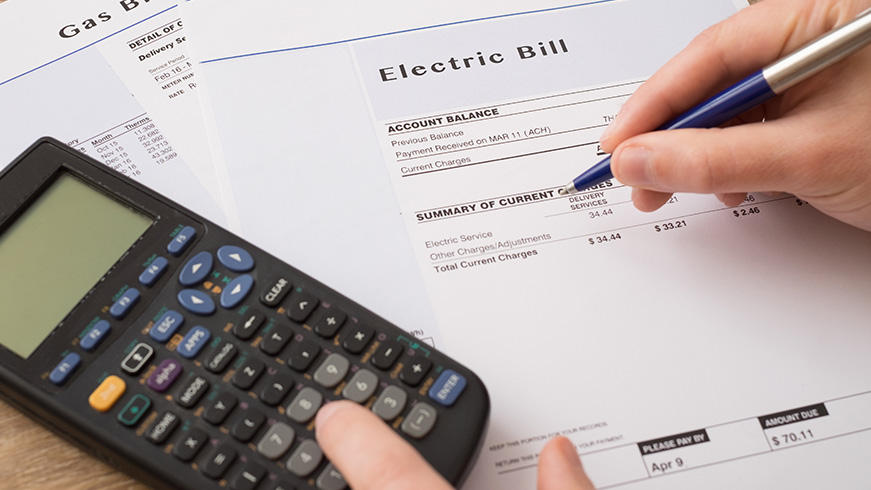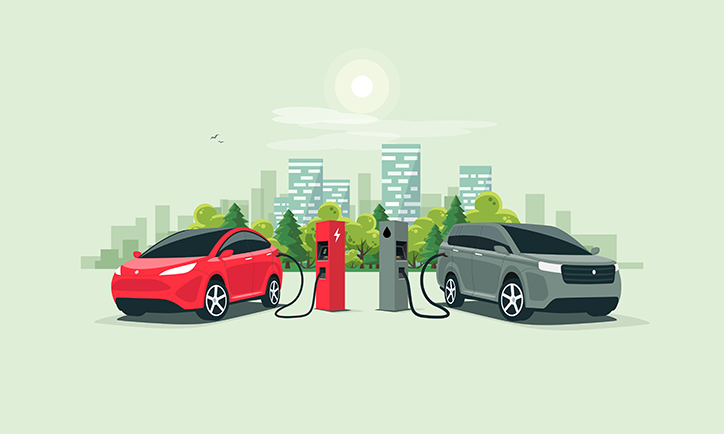If you’ve ever opened your electricity bill and felt a wave of confusion, you’re not alone. Between the numbers, charges, and various terms, it can feel overwhelming. But understanding your electricity bill is the first step toward controlling your energy use and saving money. Let’s break it down in a simple way so you know what you’re paying for and why it matters.
1. Basic Sections of Your Electricity Bill
Your electricity bill can vary slightly depending on where you live and who your provider is, but most bills have common sections:
Account Summary
This is usually at the top of your bill. It shows how much you owe and by when. If you had any balance from previous months, it’s shown here as well. This section also tells you whether your payment is past due.
Billing Period
The billing period is the time frame your bill covers—usually about a month. Your energy use will vary depending on how much electricity you consumed during that period.
Electricity Usage
This section breaks down the amount of electricity you’ve used, typically measured in kilowatt-hours (kWh). One kilowatt-hour is equal to using 1,000 watts of power for one hour. For example, a 100-watt light bulb running for 10 hours uses 1 kWh.
Rate Charges
Here’s where things can get tricky. Your electricity provider charges you based on the amount of kWh you’ve used. The rate you pay might vary depending on the time of day (peak vs. off-peak hours), your plan, and even your energy provider.
Flat-rate plans charge you the same rate per kWh no matter the time of day.
Time-of-use plans charge more during peak hours (when electricity demand is high) and less during off-peak hours.
Understanding what kind of plan you have can help you manage your costs better.
Additional Fees
Aside from usage charges, there might be additional fees on your bill. These can include:
Transmission and distribution fees: The cost of delivering electricity to your home.
Taxes and government fees: Local taxes and regulatory charges.
Service fees: If you have services like renewable energy credits or energy efficiency programs, those might appear here.
2. What Impacts Your Electricity Bill?
There are a few factors that can drive up your electricity bill:
Weather
If you live in an area with extreme weather, your heating or cooling system will work harder, using more electricity. Hot summers and cold winters can lead to higher bills.
Appliances
Your appliances, especially older ones, can consume a lot of electricity. Things like your refrigerator, washer/dryer, and heating/cooling systems tend to use the most power. Keeping them well-maintained and upgrading to energy-efficient models can reduce energy use.
Energy Habits
How you use electricity matters. Leaving lights or electronics on when you don’t need them, or blasting the air conditioning all day, can quickly add up. Small changes, like using LED bulbs or turning off devices when not in use, can make a noticeable difference.
3. Tips to Lower Your Bill
Now that you know what affects your electricity bill, here are some simple ways to save:
Use a Programmable Thermostat
A programmable thermostat can help you control your heating and cooling, saving energy when you’re not home.
Unplug Appliances
Even when turned off, some appliances use a small amount of electricity (known as “phantom load”). Unplugging devices or using power strips can cut down on this.
Switch to Energy-Efficient Appliances
When it’s time to replace appliances, look for the *Energy Star* label, which signifies they use less energy than standard models.
Take Advantage of Off-Peak Rates
If you’re on a time-of-use plan, try to use energy-intensive appliances (like washers, dryers, and dishwashers) during off-peak hours when rates are lower.
Why Understanding Your Bill Matters
Understanding your electricity bill is empowering. It’s not just about paying what’s due—it’s about understanding where your money is going and making smart choices to save both energy and cash. Whether you’re a homeowner looking to reduce costs or a renter trying to get the most out of your energy use, knowing how to read your bill is the first step toward efficiency.
By tracking your usage, being aware of fees, and changing a few habits, you can take control of your electricity costs and, over time, see the savings add up.
Next time you open your electricity bill, take a closer look—you’ll likely find that it’s not as confusing as it seems once you know what to look for!



